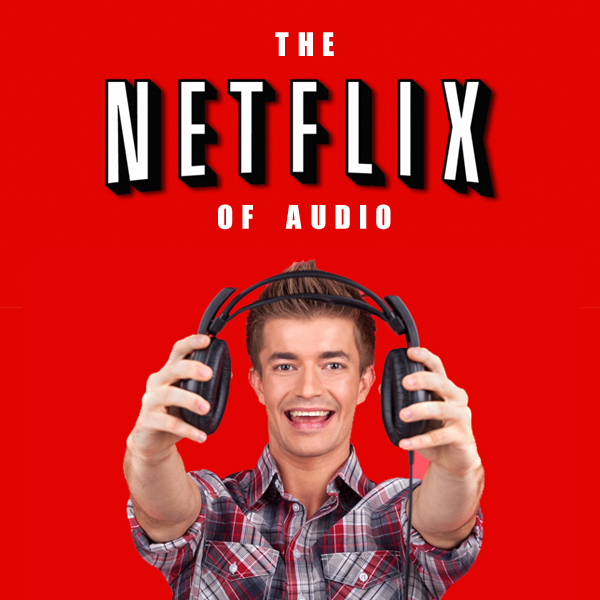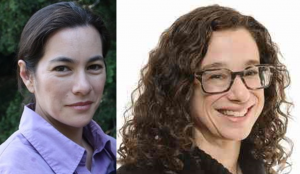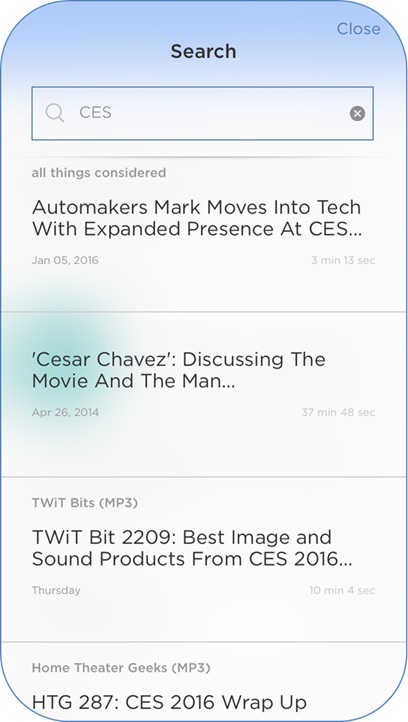
Since the release of Techsurvey11 last year (TS12 hits the field this week), our supposition that the explosive growth of video on-demand portends the growth of the same phenomenon in audio – that is, podcasting – continues to find support.
The entire television viewing paradigm is going through upheaval, causing massive disruption throughout that industry. It’s taking its toll on advertising agencies, too.
It all blew up earlier this year at CES (of all places) when Linda Yaccarino, chairman of ad sales and client partnerships of NBCUniversal, went on a rant about how standard Nielsen measure fails to truly represent all the viewing that occurs.
And in the process, she claimed that Comcast’s 23 million subscribers provide a more reliable way of measuring consumer behavior and the true ways that content is being consumed. In her criticism of Nielsen ratings, Variety quoted her key question: “Who do you think has the better data?”
But Yaccarino is talking about the analytics advertisers use to make their marketing decisions. The other “killer app” of all the usage data is the ways in which it helps programmers, digital directors, and even mobile app designers develop a deeper, richer understanding about the rapid changes taking place in content consumption.
On the audio side, we’ve talked about how platforms like Spotify and Pandora are using their massive data sets to inform their programming, their interface, and their advertising sales.
On the broadcast side, however, the data limitations are palpable. Yaccarino’s lament about the limitation of ratings very much applies to the audio space, too. Programmers now have better tools – especially in PPM markets – like M Score and Media Monitors. But the rich data available to Tim Westergren and his team are light years ahead of what most radio programmers are able to see.
Songs skips, playlist construction and labeling, and even the impact that a big event (like the deaths of David Bowie or Glenn Frey) has on large communities of users puts these services ahead of virtually every radio brand.
One exception is iHeartRadio, where some of this same information about music and spoken word programming provides info that simply wasn’t available to programmers just a decade ago.
Another notable exception is NPR One. We highlighted their app last year as part of our Radio’s Most Innovative series. Nearly one year later, the app is still going strong, an amalgamation of NPR programming, local public radio news and features, and now even podcasts outside of their audio ecosystem.
A recent Nieman Labs story about NPR One provides more detail about what their team is learning by carefully studying usage patterns, proprietary research, and the data that come along with both.
And in the process, the NPR One team aspires to be “the Netflix of listening.” And why not?
They’re seeing steady usage increases each month at about 9%, so there’s reason to be buoyant. New app features – like search – where a host of podcasts appear (not all NPR’s either) is an indicator the NPR One team see their app as a public radio portal.
Below, I did a search for “CES” on the NPR One app, and you can see it pulled up some outside podcasts, including TWiT Bits and Home Theater Geeks.
But perhaps the biggest revelation from the Nieman Labs article has to do with editorial content, and the categories that consumers enjoy. When you consider that NPR’s many national programs fall under the app’s content menu, one of the most desirable elements is the local newscast supplied by the hometown station that is either assigned to you (based on your zip code) or the one you choose.
The editorial lead for NPR One, Sara Sarasohn, notes that an element that stimulates app users to return more often is the presence of the local newscast. She tells Nieman Labs that “our audience is telling us that local is important.”

NPR One’s newest hire is local native (here in the Detroit area) Tamar Charney, who spent nearly two decades at Michigan Radio. Now she’s on the NPR team, and as Sarasohn points out, Charney will “work with (local) stations to make sure that NPR One feels local, better represent local news and show, and direct NPR One’s growth to support station priorities.”
That’s a fascinating set of circumstances for a network-based app, but the data driven audience desires don’t lie. We’ve seen similar findings in our recent Techsurveys from disenchanted Pandora listeners, some of whom miss the local context that hopefully comes from tuning in a local music station.
It should send a message to radio programmers, marketers, and sales rep that one of broadcast radio’s greatest strength is its ability to capture the local flavor. We know that perceptually, local matters. But when we see evidence of it in an app like NPR One, it’s a reminder that as slick and robust as network content can be, consumers are still very much dialed in to their local environs.
For the NPR One team, this data provides the impetus to integrate local public radio stations. And for the people who program them, it suggests their content, input, and hometown POV has never been more important to public radio’s survival.
Local matters.
- What To Do If Your Radio Station Goes Through A Midlife Crisis - April 25, 2025
- A 2020 Lesson?It Could All Be Gone In A Flash - April 24, 2025
- How AI Can Give Radio Personalities More…PERSONALITY - April 23, 2025





Great article, Fred. A path for a powerful future for public media is great local content and engagement, surfaced by platforms that are built at scale by the national organizations.
Thanks, Shane. The next few years promise to be exciting times for audio entertainment and information. It is critical that radio goes “all in.” Appreciate the kind words and the comment.
Interesting read. This is the only smart way to continue to bring radio into the right century. Speaking of podcasts, I need a recommendation. My local radio is a zzzz fest.
Thanks for the comment, Stacey. I’ll let Seth Resler make a podcast recommendation or two.